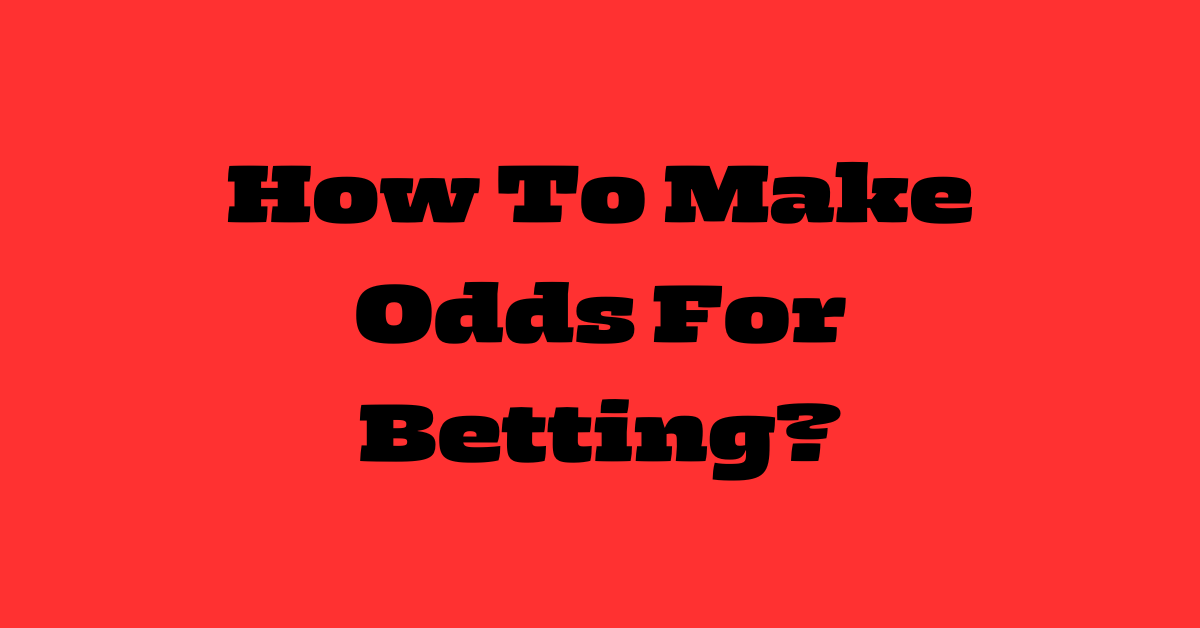Definitions of Betting Odds
Betting odds represent the likelihood of a particular outcome in a betting event. They are typically presented in various formats, including decimal, fractional, and moneyline. Understanding these odds is crucial for bettors to make informed decisions when placing bets. In essence, betting odds serve as a way to calculate potential winnings based on the stake placed and the probability of an outcome occurring.
The odds offered by bookmakers reflect their assessment of the probability of an event happening. Lower odds indicate a higher probability of the outcome occurring, while higher odds suggest a lower likelihood. For example, if a team is given odds of 1.5 in decimal format, it implies a 50% chance of winning according to the bookmaker’s assessment. Bettors can use this information to gauge the level of risk and potential reward before making a bet.
Understanding Probability and Implied Probability
Probability is a measure of how likely an event is to occur. It is often expressed as a number between 0 and 1, where 0 indicates impossibility and 1 indicates certainty. When talking about probability in the context of betting odds, it helps determine the likelihood of a particular outcome happening.
Implied probability, on the other hand, takes the concept of probability a step further by converting betting odds into percentages. It represents the probability of an outcome based on the odds set by bookmakers. By understanding implied probability, bettors can assess whether the odds offered by a bookmaker represent value and make informed decisions when placing bets.
Factors to Consider When Setting Odds
When setting odds, one of the key factors to consider is the balance between risk and reward. This involves assessing the likelihood of an outcome and determining the appropriate odds that reflect this probability. Bookmakers must strike a delicate balance to attract bets while ensuring they are offering fair odds that will result in a profit margin over the long term.
Another important factor to consider when setting odds is market demand and competition. Bookmakers need to closely monitor the odds offered by their competitors to stay competitive and attract bettors. By adjusting their odds in response to market trends and competitor offerings, bookmakers can effectively manage their risk exposure and maximize their profits.
Different Types of Odds Formats
When it comes to betting, understanding the different types of odds formats is crucial. The three main formats used in sports betting are decimal odds, fractional odds, and moneyline odds. Each format presents the same information in a slightly different way, making it important for bettors to familiarize themselves with all three.
Decimal odds, commonly used in Europe and Australia, represent the potential return on a successful bet, including the initial stake. In this format, the odds number is multiplied by the amount wagered to calculate the total payout. Fractional odds, often found in the UK, express the potential profit in relation to the stake. For instance, odds of 4/1 mean that for every $1 wagered, you would win $4 in profit. Moneyline odds, popular in the United States, indicate how much money must be wagered on a particular outcome in order to win $100. Positive moneyline odds show how much profit can be made on a $100 bet, while negative odds indicate the amount needed to wager in order to win $100. Understanding these formats is essential for any bettor looking to make informed decisions.
Calculating Odds Using Decimal, Fractional, and Moneyline Formats
When it comes to calculating odds in sports betting, various formats are commonly used. Decimal odds are straightforward and represent the potential return including the initial stake. For instance, if the odds are 2.50, it means for every unit wagered, you would receive a total of 2.50 units back if the bet is successful.
Fractional odds are another popular format in the UK and represent the potential profit relative to the stake. For example, if the odds are 3/1, it means you would make a profit of 3 units for every 1 unit wagered, with the total return being 4 units (including the stake). Moneyline odds, on the other hand, are common in the US and display the amount that needs to be wagered or the amount that can be won based on a standard of 100 units. Positive numbers indicate the potential profit on a 100-unit bet, while negative numbers show the amount needed to be bet to win 100 units.















